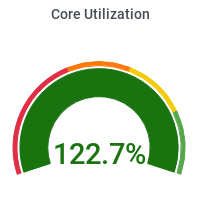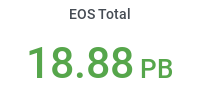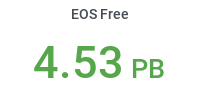Local User Guide
This page explains how to use the Grid User Interface at the Purdue Tier-2 site.
You need to get a shell account at a local login machines known as User Interfaces (UI). These local login machines have all the grid software installed, but are not attached to any particular cluster on the grid. The instructions for getting the shell account can be found on following link:
Useful mailing list to know information about downtime notice and site support.
AuthenticationIn order to access datasets and submit user jobs, grid authentication is needed. The application process is explained in the following links.
Applying for a grid certificate and CMS VO
Renewing a grid certificate and CMS VO
Renewing a DOE grid certificate and CMS VO
Switching to new grid certificate
Importing and exporting a certificate to Browsers
Installing your certificate on the local machine
Seting up CMSSW Environment
Once you installed your certificate and registered your certificate in the CMS VO, you need to set up the CMSSW environment. Edit your '~/.profile' or '~/.tcshrc' once at your home directory to set up a CMSSW environment. By this way, the CMSSW environment is set up automatically every time when you log in.
List of available CMSSW versions installed at the site can be found here.
Running CMSSW jobs at a local machine
Descriptions of the cmsRun python configuration syntax
Data Management
Job Management
Job slots information is shown in one of two pie graphs on the upper right side of this page.



